Trauma Resuscitation Updates
RebelEM
MAY 25, 2023
I recently gave a talk on the initial management of trauma patients with hemorrhagic shock. Ann Emerg Med 2017 [6] This was a retrospective database review of 7521 traumatic brain injury patients SBP target ≥90mmHg resulted in a mortality of 7.8% vs SBP target <90mmHg which resulted in a mortality of 33.4% NEJM 1994. [2]

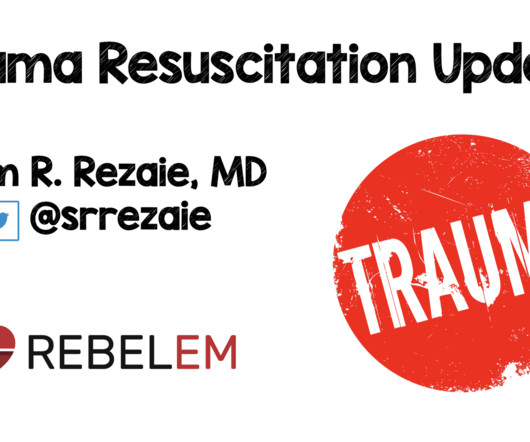
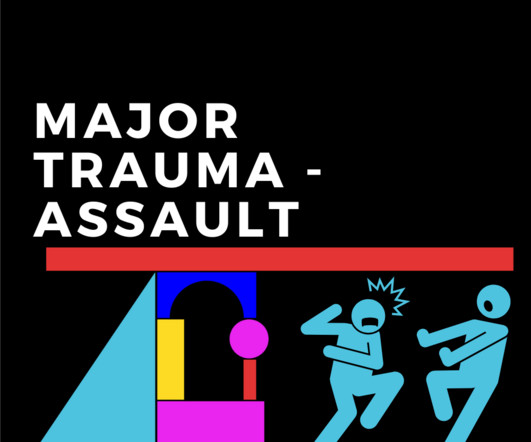


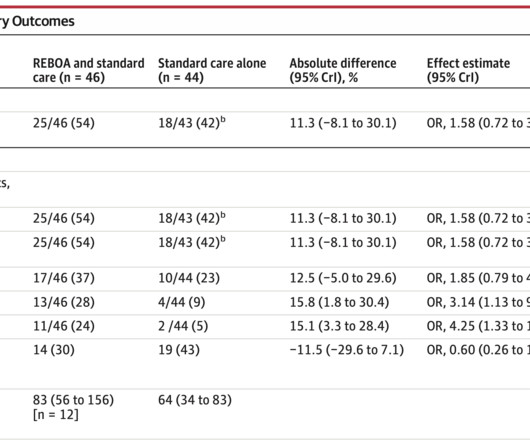
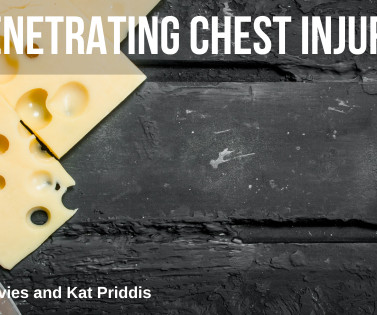
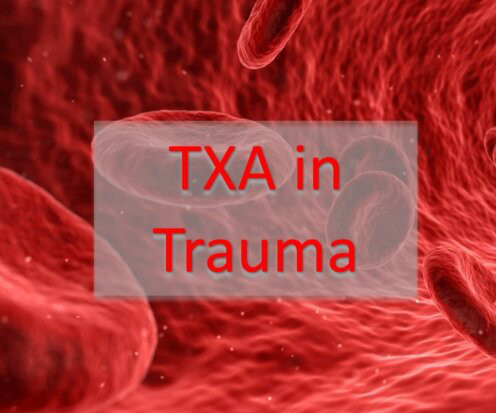









Let's personalize your content